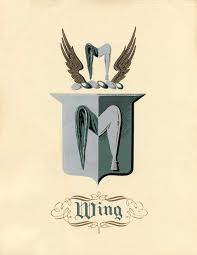
I’ve been thinking a lot about my ancestors. Luckily for me, one of the branches on my family tree has so much history attached to it, and the family has a strong desire to preserve that history. But, much is lost to time–
My picture book based upon the patriarch of the Wing Family of America will be published soon. The text is written and the artist is busy drawing the illustrations. I’m so excited to tell the story of this family as they leave 1600s England for the American colonies.
Unfortunately, the patriarch died before he could stand on American soil. But his desire to leave England was strong in his family and they emigrated a few years later. They settled in Plymouth and then migrated to be some of the original founders of Sandwich, Massachusetts. That’s on Cape Cod. The Wing descendants fought in the American Revolution in a Massachusetts regiment. I often think about those men and women who put everything on the line for their beliefs. It took courage, a lot of courage. I can only hope to be courageous enough to make them proud.
More info on the coat of arms, if you’re interested. This information was taken from http://www.wingfamily.org :
The coat of arms the Wing Family of America, Inc. “adopted” was the coat of Arms of Sir Theodore Wing, Lord Warden of Wastes and Liveries to King Henry VII (1485-1509)
According to Conway Wing’s Wing Genealogy (1st edition, 1881) In Sir John Bernard Burke’s “Encyclopaedia, or General Armory of England, Scotland and Ireland,” we find what purports to be “The Wing Armour. County of Rutland.” The Heraldic description accompanying it is: “Arms.– Per pale, argent and vert – a maunch counter-charged. Crest.– A maunch per pale, argent and vert, between two wings or.”
The phrase “per pale” (from palus, a stake.) signifies that the field or charge is divided into two equal parts by a perpendicular [vertical] line, with a different field on each side of it… “Argent and vert” are the colors in which the field or figures are depicted. They were designated either by “metals or colors” [in traditional coats, either the figure or the background was in metal, but not both] [The colors/metals were in French, Argent is silver and vert is green].
“A maunch” is a sort of old-fashioned sleeve with long-hanging ends. “Counter-charged” means that the colors were reversed on the from the right half of the coat to the left half. The “Crest” which was worn usually on the top of the element had the same design with two wings or [gold].”